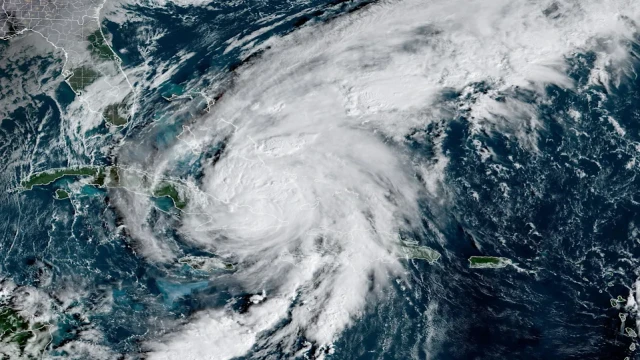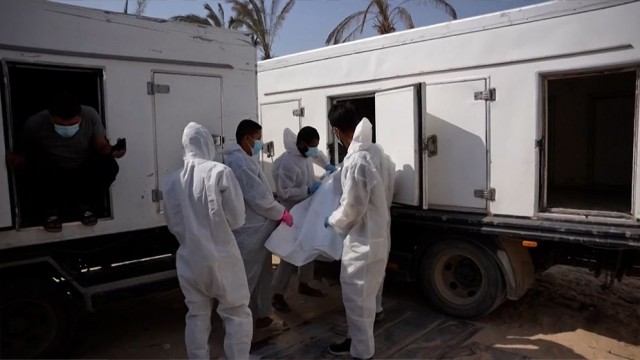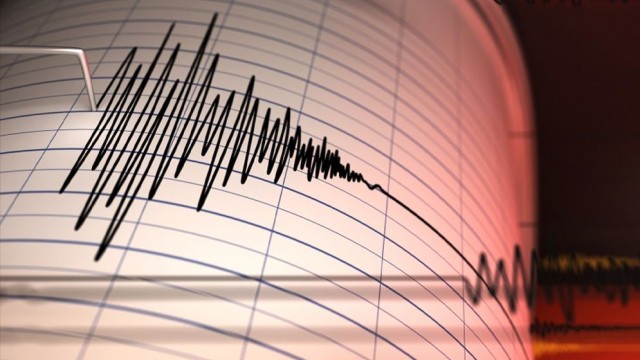Washington, Nov 24 (V7N) – Hurricane Melissa has recently made headlines after a specialized instrument dropped into the storm’s eye recorded wind gusts of 252 mph, bringing attention to some of the most extreme winds ever measured on Earth. While not yet surpassing the official record, this measurement emphasizes the growing intensity of hurricanes and tropical cyclones in recent years.
The World Meteorological Organization (WMO) maintains the official record of weather and climate extremes. According to Randall Cerveny, Rapporteur of Weather and Climate Extremes for the WMO and professor of geographical sciences at Arizona State University, the strongest verified surface wind ever recorded was 253 mph, measured by an automated weather station at Barrow Island, Australia, during Tropical Cyclone Olivia on April 10, 1996.
Unlike the Olivia record, Hurricane Melissa’s measurement was taken using a dropsonde, a sophisticated instrument designed to descend through the eye of a hurricane while collecting real-time data on wind speed, air pressure, temperature, and humidity. While the WMO currently does not recognize dropsonde readings for official wind records, meteorologists agree these instruments provide highly accurate and valuable insights into storm dynamics.
Hurricane Melissa’s trajectory and intensity have prompted extensive monitoring by the National Hurricane Center (NHC) and international meteorological agencies. The storm, classified as a Category 4 hurricane at its peak, has caused widespread concern due to its combination of high wind speeds, storm surges, and torrential rainfall, threatening coastal regions along its path.
Meteorologists highlight that extreme wind speeds in hurricanes are not just record-breaking statistics—they have tangible impacts on infrastructure, aviation, maritime navigation, and disaster preparedness. Dr. Lisa Murk, a hurricane researcher at the National Oceanic and Atmospheric Administration (NOAA), notes: “Gusts exceeding 250 mph, even if brief, can cause catastrophic damage to buildings, power lines, and transportation networks. Understanding these extreme conditions is vital for improving early warning systems and enhancing storm-resilient infrastructure.”
Hurricane Melissa also serves as a reminder of how climate change may influence storm intensity. Studies suggest that warming ocean temperatures and changing atmospheric conditions contribute to stronger and more unpredictable hurricanes, increasing the risk of extreme gusts and coastal flooding events.
In comparison, the fastest wind speeds in controlled human environments, such as specialized land vehicles and jet aircraft, are far surpassed by natural storms. Cyclones, hurricanes, and tornadoes remain nature’s most powerful wind phenomena, capable of generating sustained high-speed gusts over extended areas, unlike short bursts in mechanical systems.
As Hurricane Melissa continues to be monitored, meteorologists worldwide are emphasizing the importance of preparedness, real-time monitoring, and investment in climate-adaptive infrastructure to mitigate the effects of extreme wind events.
END/WD/SMA/



























Comment: